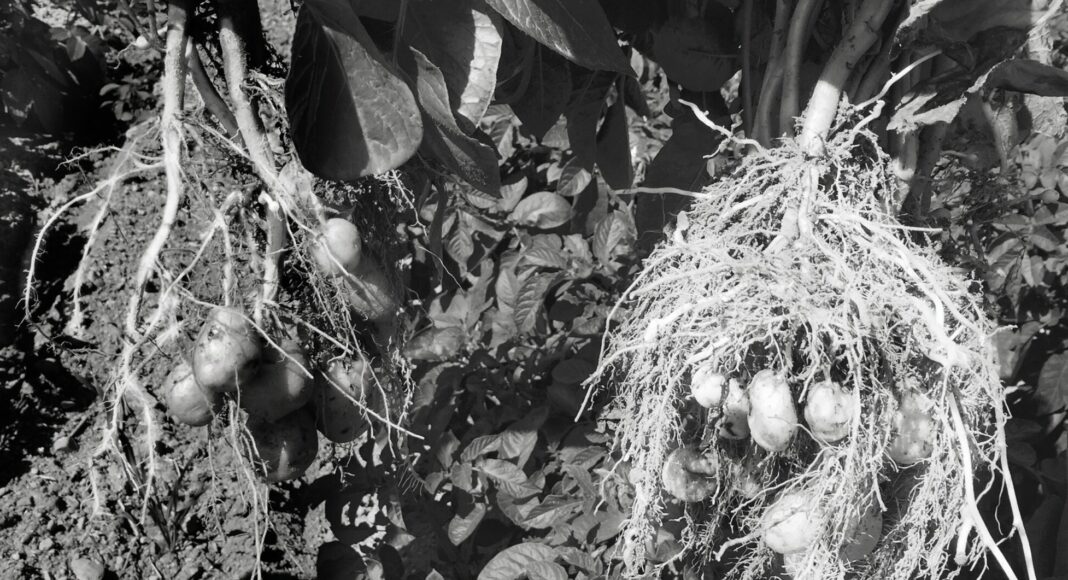In a recent article published in SpudSmart, I drew parallels between where we are in the potato industry today compared to where California’s strawberry industry was in the 1950s. Strawberries are very sensitive to verticillium – same as potatoes. With limited means to fight the disease, strawberry growers tried to outrun verticillium but ultimately had no choice but to seek fresh land. In the early 1950s, the introduction of the fumigant chloropicrin proved game changing, suppressing verticillium and altering the industry almost overnight. Suddenly, strawberry growers didn’t need to chase land because they were able to suppress disease, and their yields went through the roof. To this day, California remains the biggest producer of strawberries in the world.
Currently, we in the potato industry are in the equivalent of early 1950’s-era strawberry production. We’re using production systems that facilitate the proliferation of tired soils and the growth of verticillium – potatoes’ number one pest. What are growers’ options? Metam sodium is effective on verticillium, but may not always be effective enough: it helps a grower get through a season but, by the end of the season, disease levels can build up again and the field is reinoculated with the pathogen. To manage, growers are seeking out new land, just as strawberry growers did in the early 1950s. That puts huge pressure on land use and the environment.
There is a solution that can revolutionize the potato industry just as it did the strawberry industry: chloropicrin (sold as Strike). It’s already been proven in strawberries and now proven in potatoes too. The time is now to take advantage of what the strawberry industry has already learned to benefit the long-term sustainability of our industry.
